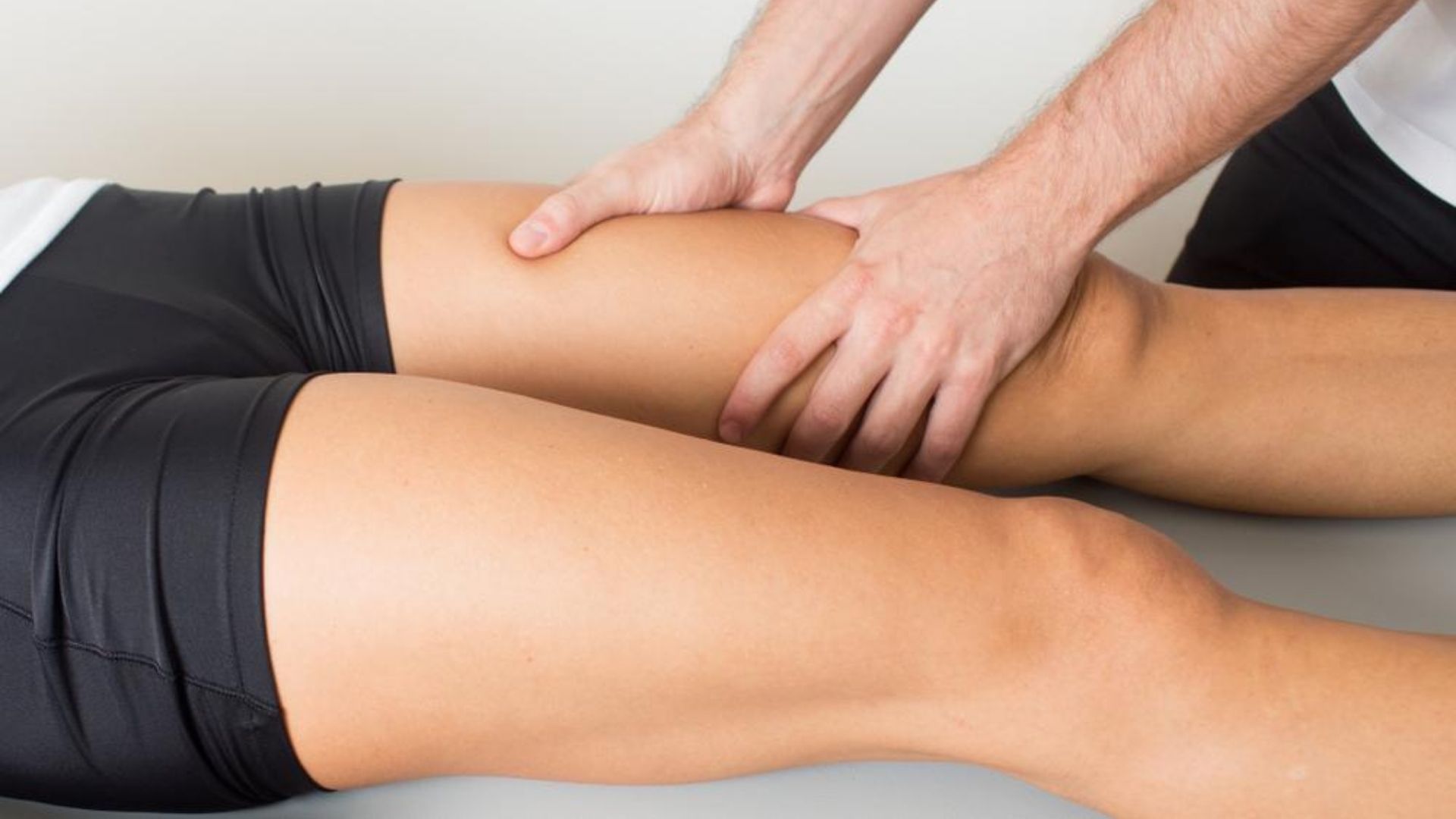
When administering most massage techniques, the tissues remain passive while the therapist glides through them or works on and across them. With STR, a specific position within the tissues is acquired and it is then the tissues themselves which are moved and elongated.
This makes textural assessment procedures easier. Therapists can pinpoint specific areas more quickly, particularly where there may be several muscle layers with fibres going in different directions. With the stretch, the fibres are re-arranged and elongated for efficient function. Complex soft tissue dysfunction, where many muscle groups and holding patterns are involved, can be remedied because of the specificity of the pressure and the stretch.
There are basically three types of STR: passive, active and weight- bearing. All three involve movement, but in active and weight- bearing STR it is the subject who produces the movement, whereas in passive STR it is the therapist. Passive work provides a good release and can be very relaxing.
Active STR is more powerful and should be preceded by passive work or other massage to warm up the area. Progression to active work is more energy efficient for the therapist, allowing concentration to be centred on the application of the pressure.
Many subjects prefer to become actively involved with a particular release, especially when areas are painful to work with, because it gives them more personal control.